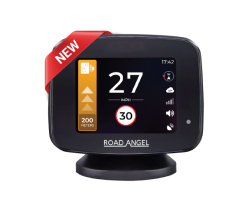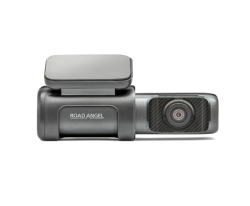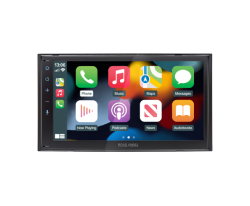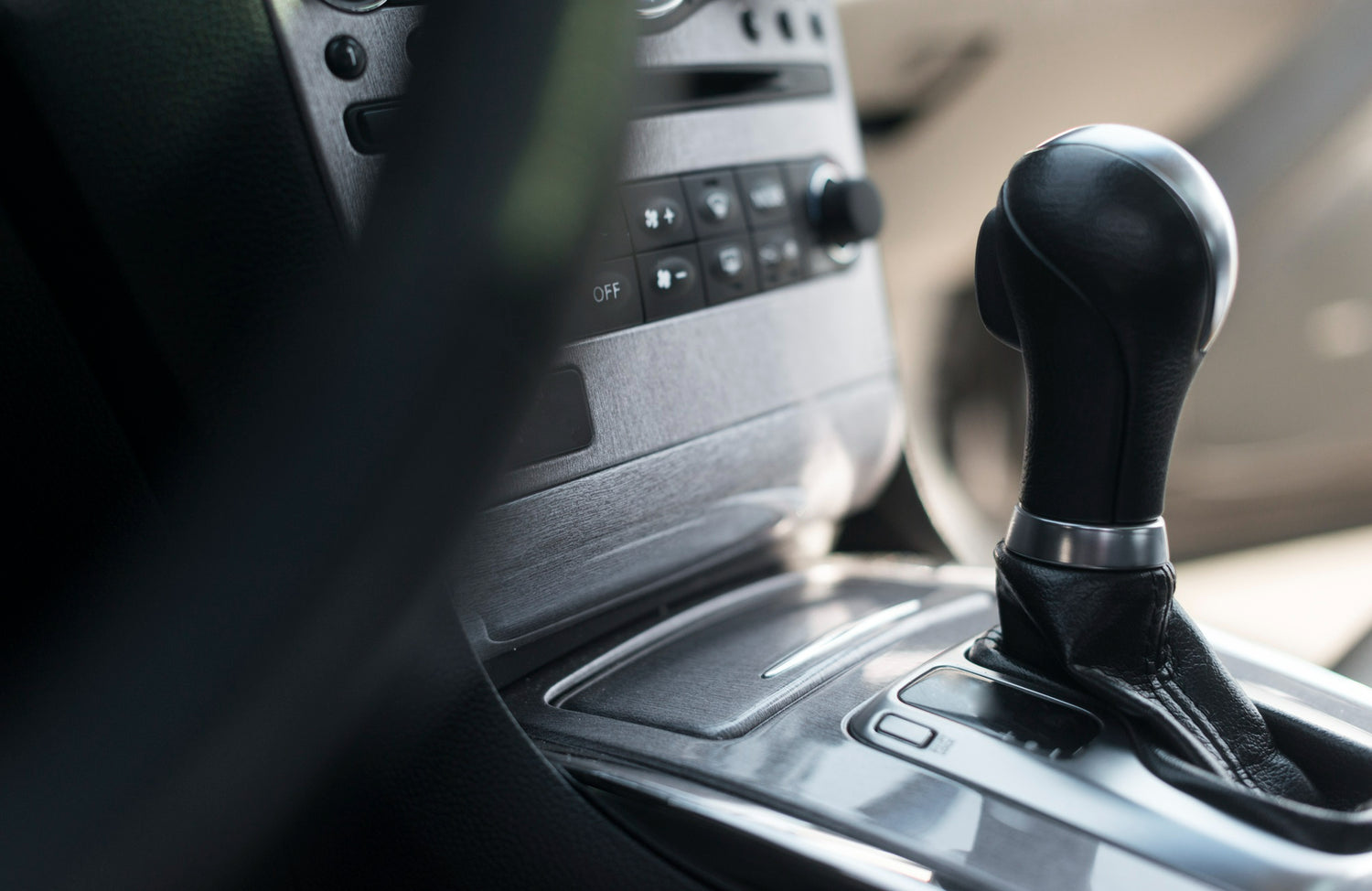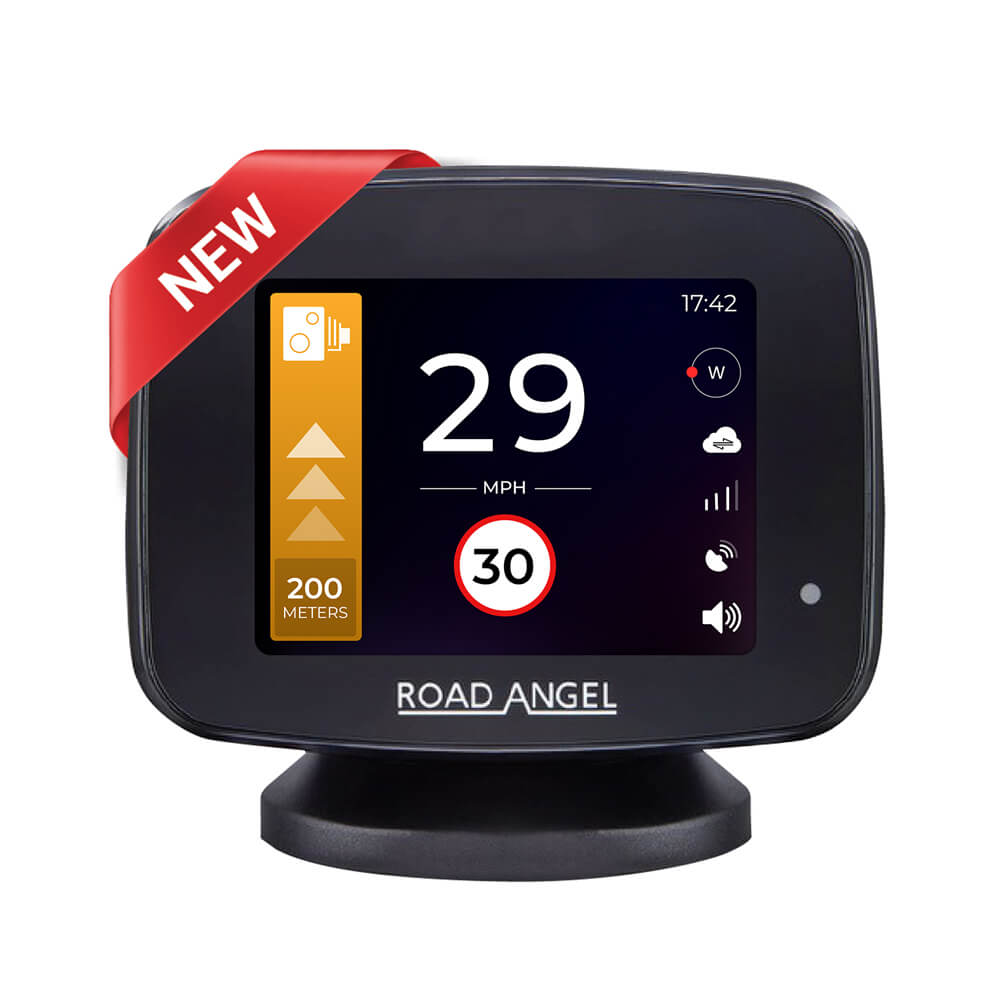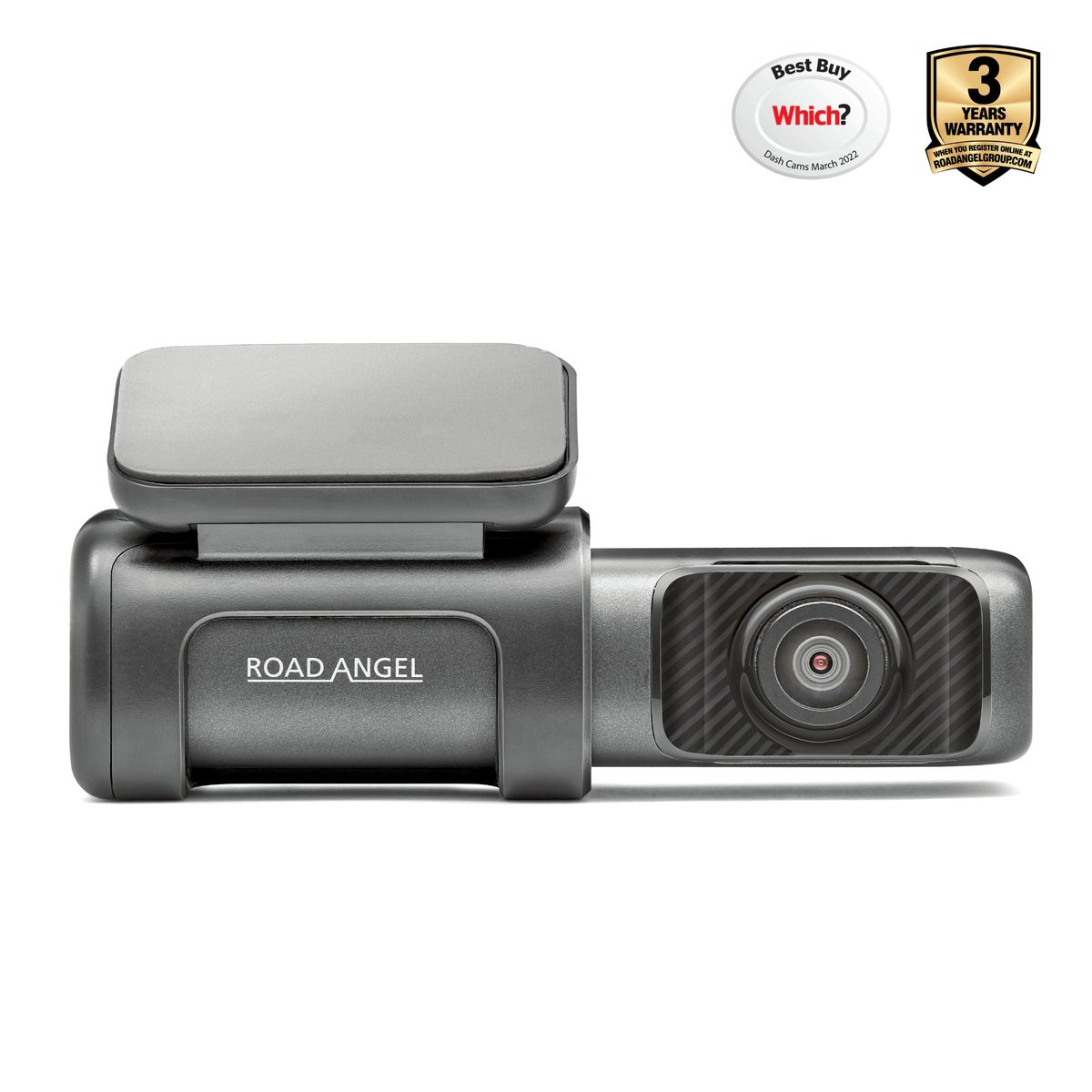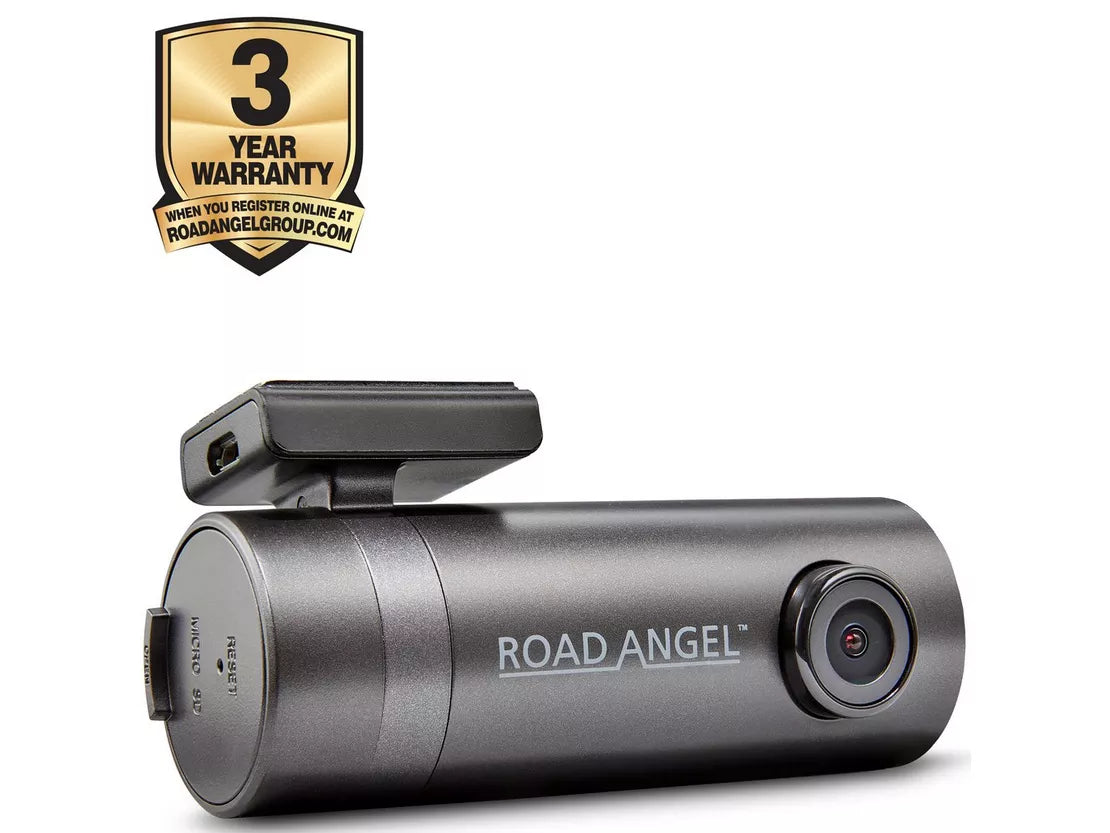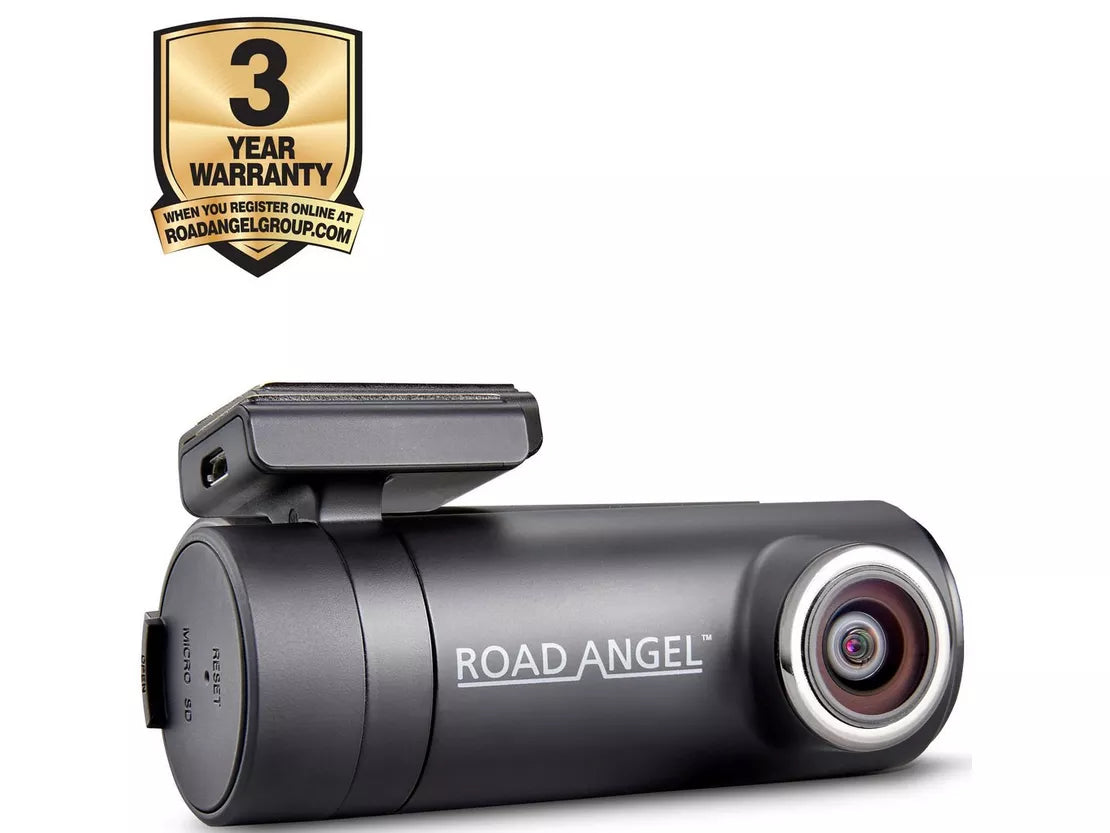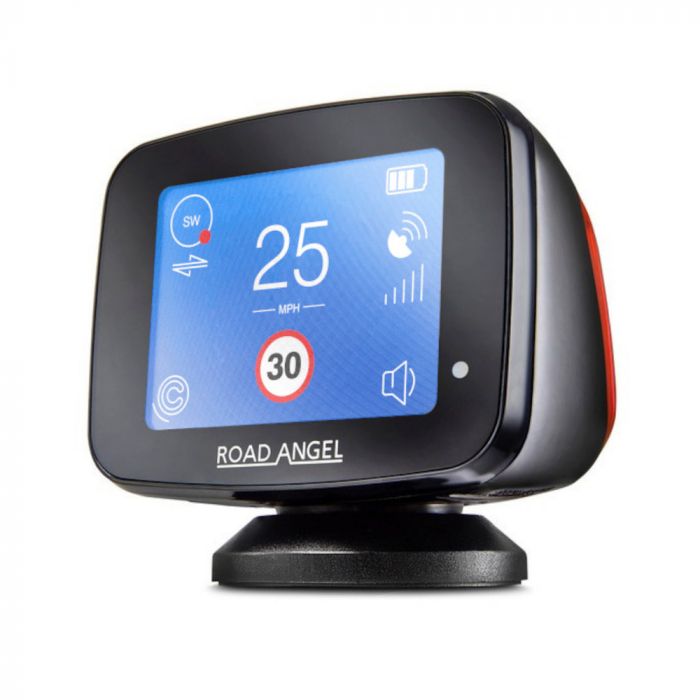When looking at trends over time, we find that UK roads exemplify some of the best in the world for road safety. However, until there are no road incidents that cause injury or death, there is always more to achieve. Human error is known to be the main influence of road incidents, with speeding estimated to account for 42% [1]. Reducing speeding behaviours is therefore considered a way to increase road safety. In-car systems that assist with carefully negotiating speed already exist, for which legislation is being implemented to extend further in the form of speed limiters.
There are two types of speed limiters:
- Adjustable speed limiters: the driver selects the maximum speed they want to travel at whilst at the wheel (commonly known as cruise control).
- Intelligent speed limiters: sensors from GPS and road sign recognition are used to detect speed limits (also known as Intelligent Speed Assist, or ISA).
Cruise control is a common feature of many modern cars, but ISA is not as widely implemented. The technology used in ISA will use some of the sensors used in cruise control; when it detects the car is exceeding the speed limit, it will do four things in escalation:
- Flash a visual reminder of the speed limit to encourage drivers to slow down.
- Sound an alarm to alert the driver that the speed limit is being exceeded and use vibrations on the accelerator to send a message to the driver.
- Sound a more urgent alarm, speak at the driver and/or apply pressure against the driver’s right foot to force the driver to lift off.
- Take control of the brakes and apply them until the car is complying with the speed limit.
ISA is intended as a speed reminder to encourage safer driving behaviours rather than automatically preventing speeding. Additionally, ISA can be deactivated if the driver wishes. This system is able to be activated and deactivated, rather than out of the driver’s control, because the ISA systems may be faced with ambiguous speed related information due to a variety of reasons, such as missing, erroneous sign placement or even inclement weather conditions. For this reason, the underlying principle should be that the driver is always responsible for adhering to the relevant traffic rules and that the ISA system is a best-effort driver assistance system to alert the driver, whenever possible and appropriate. As such, it is anticipated to reduce speeding by 30% and road deaths by 20% [2].
Some manufacturers have mentioned, however, that there are issues with where the ISA would be shown in their vehicles. For instance, the centre console screen of the Tesla Model 3 is the only place Tesla can display this information without redesigning its cockpit. In essence, whilst this has an anticipated safety effect, the safety effects could be enhanced further if the information were presented in drivers’ peripheral vision because this would mean drivers would not be required to divert their attention from the road to the central console. Fortunately, there are devices on the market that can achieve this aim, such as Road Angel’s Pure range of products.
New Rule:
From Wednesday 6th July 2022, all manufacturers are officially required to integrate ISA into their vehicles, which is an EU regulation that is being ratified into UK law as well, despite Brexit. However, drivers are still permitted to deactivate the system if they wish. Consequently, data loggers are also being implemented to monitor your journeys and potentially send information to your insurer; if ISA is deactivated but the data logger indicates that the driving performance has been inadequate, this will have an impact on liability in instances where road accidents occur. With both measures in place, the likelihood of speeding should reduce, leading to safer roads.
References
[1] Maji, A., Velaga, N. R., & Urie, Y. (2018). Hierarchical clustering analysis framework of mutually exclusive crash causation parameters for regional road safety strategies. International journal of injury control and safety promotion, 25(3), 257-271.
2] Fleet Europe. (2022, July 19). All new cars in EU to have Intelligent Speed Assistance. Retrieved from Fleet Europe on 20/09/2022.



